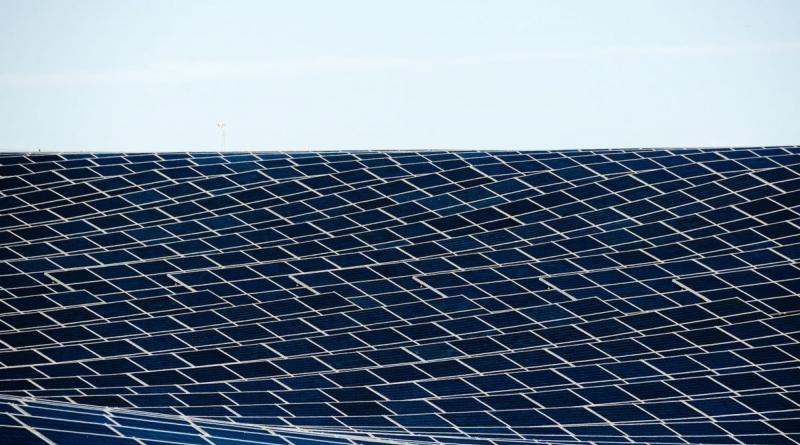WoodMac expects 106 GW of newly deployed solar this year.

As Chinese PV manufacturers are now on the way to fully utilizing their production capacities, it is becoming increasingly clear how much coronavirus containment measures will affect global demand. Wood Mackenzie expects a decline in residential PV demand and a shift in investment to commercial projects, which is why it now only expects 106 GW of capacity additions this year.
Around half of the world’s population is now affected by measures to contain the coronavirus pandemic. At the same time, demand for electricity is falling and the risk of a global recession is increasing, Wood Mackenzie says in a newly released market report. This situation will have a range of different impacts on the future deployment of renewable energy.
WoodMac analysts expect to see a disproportionate impact on demand for solar PV projects and storage systems, as well as electric vehicles. As a result, the research firm has lowered its full-year forecast for new PV capacity additions by 18% from 129.5 GW to 106.4 GW in 2020. And the consequences of the coronavirus crisis will be felt throughout the coming year and beyond, which is why the company has also cut its 2021 outlook for solar demand by 3% compared to previous forecasts.
Containment measures for the coronavirus pandemic are having different impacts on different segments. These issues will primarily show up in delays in installations of utility-scale solar plants, as well as declining demand for residential and commercial PV systems, as customers are now under considerable economic pressure as a result of the Covid-19 pandemic.
WoodMac also expects to see falling module prices in Europe and the United States. Over the past few weeks, a number of PV manufacturers in China have been able to start resuming production, and some of them have already returned to full production capacity. The research firm said that this has contributed to price declines in Europe and the United States since the beginning of this month.
Storage outlook
The forecast for the global storage market is similarly bleak. For example, WoodMac reduced its base scenario for 2020 by 20%, mainly due to delays in project implementation. However, the growth of storage throughout the world will still exceed the levels seen in 2019. Just like with the PV market, the research firm assumes that demand for residential solar+storage will be more affected by pandemic containment measures than demand for utility-scale projects.
As things currently stand, the decline in demand for electric vehicles could be even more drastic. WoodMac expects the market to shrink by roughly 43% from 2019. This is mainly due to measures in the United States, while a recovery is expected in China and Europe by the end of this year, with a return to the levels seen in 2019, at least.
WoodMac claims that the main risks for regional energy markets will be tied to the duration and scope of the ongoing economic standstill and the subsequent decline in demand due to the global recession. In Europe, there is still a shift in fossil-fuel power plants from coal to gas on the electricity markets. Falling demand for electricity and favorable weather conditions for wind power and solar PV have recently contributed to low electricity prices. In some countries – including Germany, France, and the United Kingdom – this has also led to negative electricity prices. This is complicating the economics of gas-powered plants in Europe at the moment, the analysts said.
Similar trends can already be seen in the United States and Latin America. For Latin America, it is expected that financing for new renewable-energy plants and gas-fired power plants could become difficult due to inflation. Falling oil prices could also accelerate the planned shift from oil to coal to be delayed in many countries.
8 April 2020
pv magazine




